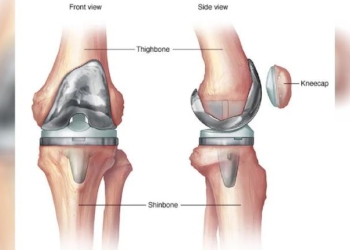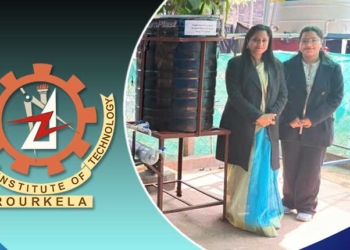New Delhi: NASA’s Artemis missions will establish the first long-term human presence on the lunar surface.
Living and working on the lunar surface will require using resources that are already present there, like water ice, which can be used for life support and fuel, wrote Emily Furfaro of NASA.
“The Polar Resources Ice Mining Experiment-1, or PRIME-1, will be deployed to the lunar south pole by our commercial lunar lander partner, Intuitive Machines. PRIME-1 is intended to drill for water on the lunar surface.
“PRIME-1 is the combination of two instruments — a drill built by Honeybee Robotics called Trident, which stands for The Regolith and Ice Drill for Exploring New Terrain, and the Mass Spectrometer observing lunar operations, or MSolo, which is a commercially available mass spectrometer from our industry partner, INFICON, that we have modified for operation in the harsh space environment,” the article said.
Trident will drill into the lunar surface, taking one small bite deeper into the soil at a time and bringing that sample up and depositing it on the lunar surface. MSolo will then evaluate those samples as they arrive on the surface to identify and measure the composition of water and other volatiles emanating from the samples, Furfaro wrote.
The objective of PRIME-1 is to inform NASA’s plans for mining resources on the lunar surface, as well as mission operations for a future NASA lunar rover mission called VIPER, the article said.
“So how will we extract water on the moon? The PRIME-1 mission will set the foundation for future resource utilisation on the moon, a key component for the success of upcoming Artemis missions, as well as expanding human exploration of our solar system,” it added.
(IANS)















